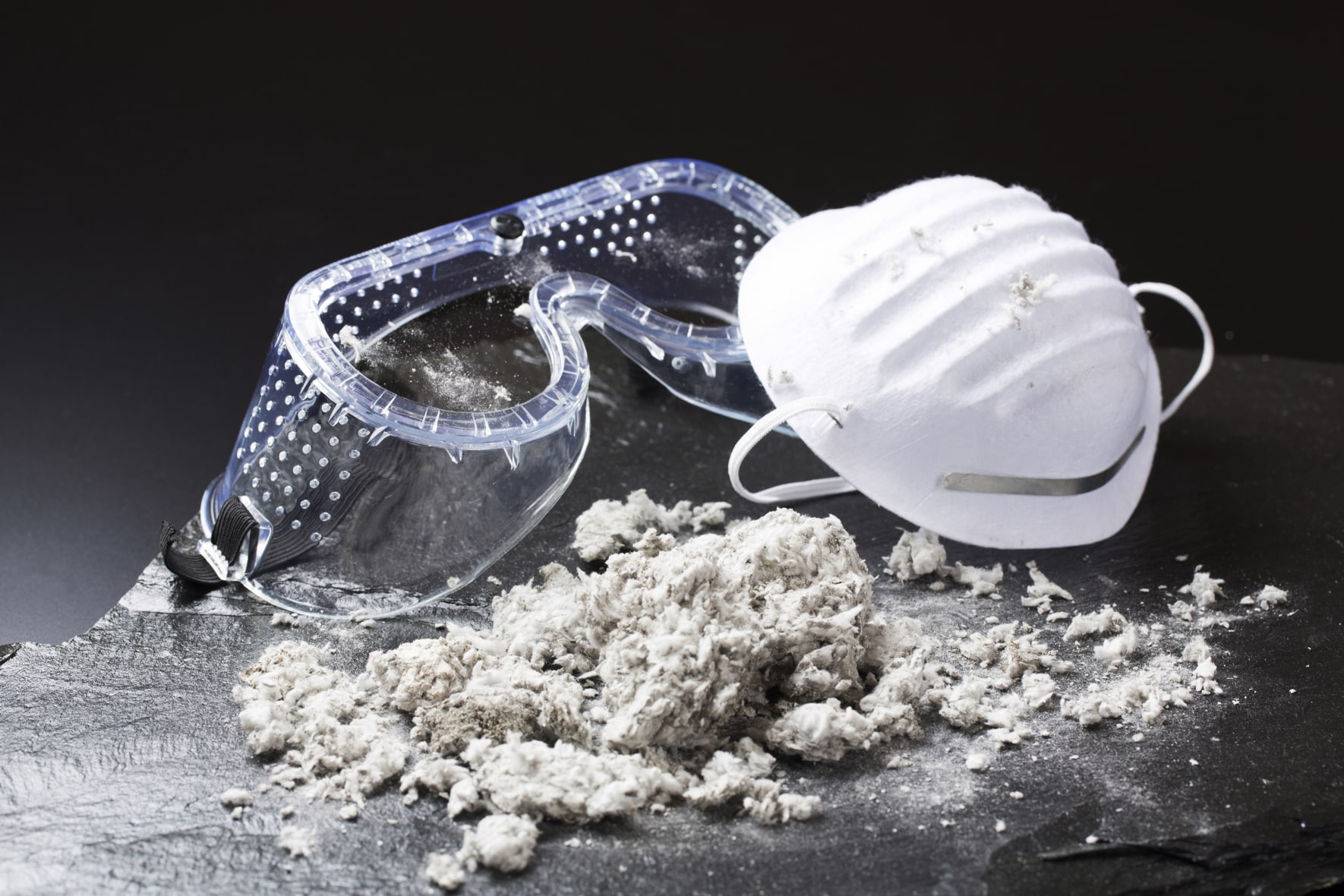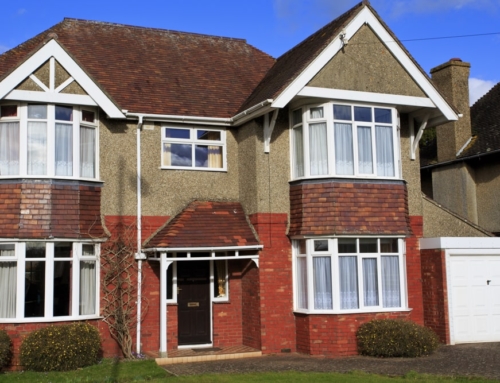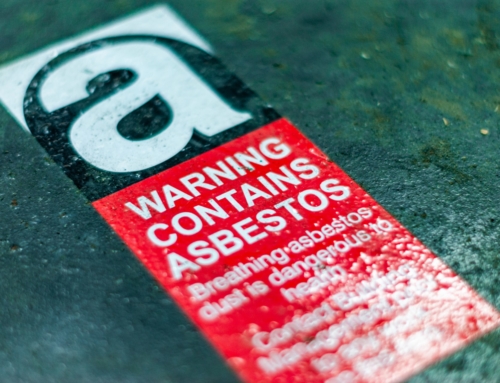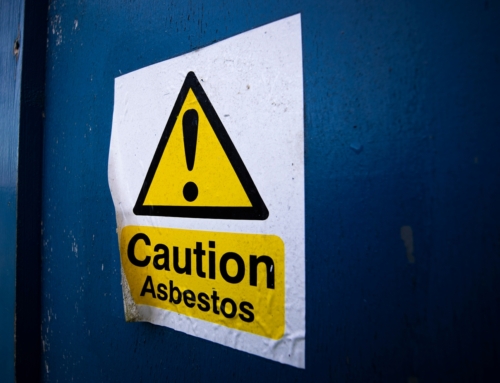If a property built before 2000 requires refurbishment work, there could be asbestos present in the fabric of the building or different structures around the property. This means asbestos surveys and testing will usually be required before the work can begin. If the findings determine there is asbestos that needs to be managed, it’s useful to know the condition and type.

If you’d like to know more about the most common types of asbestos, here’s our easy guide to explain the differences.
Chrysotile (White Asbestos)
You may have heard of Chrysotile because it’s the most common type of asbestos (white), found anywhere from floors and ceilings to walls and roofs in both domestic and commercial properties. While the fibres are easier to breathe out of the lungs, making it a slightly less damaging type of asbestos than others, it’s still highly dangerous, and only a trained asbestos specialist should remove it. It was banned in the UK in 1999, but it’s still present in many properties across the nation built before this change in the law.
Crocidolite (Blue Asbestos)
Crocidolite is known as blue asbestos and was used for various applications, including steam engines, spray-on coatings, cement products, fireproofing, ceiling tiles, insulation and plastics. Because its fibres are extremely fine, it has been associated with more deaths than other types of asbestos as it can easily enter the lung tissue. Its use was banned in the UK from 1985. If your survey detects crocidolite present, you may need the services of a licensed asbestos contractor.
Amosite (Brown Asbestos)
Amosite is known as brown asbestos, and it was most commonly used for insulating board, ceiling tiles, cement sheets and pipe insulation. Like crocidolite, this kind of asbestos is considered more friable than some other types, making it more likely to be inhaled if it’s disturbed. Amosite’s fibres are known to be coarser and stronger than those of chrysolite asbestos. The amount present and the condition of it will determine whether a licensed asbestos contractor is required for the job. It was also banned in the UK from 1985.
Other Types of Asbestos
While not as common, there are a few other types of asbestos which could get flagged up after samples are taken and tested in the laboratory. This includes Anthophyllite, which is sometimes found as a contaminant in Chrysotile, and it was used in limited amounts for uses in construction and insulation materials. Two other types of asbestos to be aware of are Tremolite and Actinolite, which may also be found as contaminants of Chrysotile.
Need more advice?
If you’re looking for an asbestos expert, speak to the team at Goodbye Asbestos. We offer asbestos management advice and expertise, including safe removals, sampling and testing services, as well as partnering with a trusted licensed asbestos contractor. We operate across London, Surrey and the Home Counties, including areas of Basildon, Basingstoke and Beaconsfield. For free advice or a quote, contact us today.




